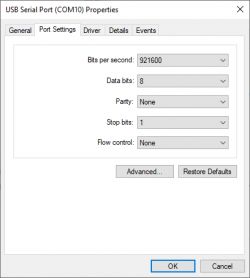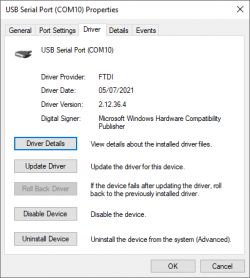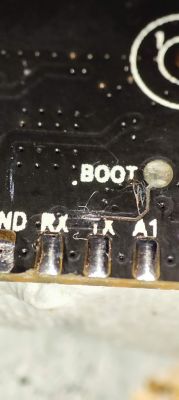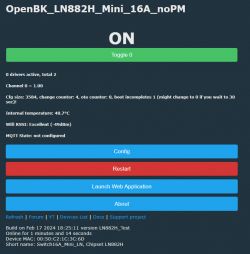try doing the same but put the tool on the D partition, or any other partition outside C
Helpful post? Buy me a coffee.

Czy wolisz polską wersję strony elektroda?
Nie, dziękuję Przekieruj mnie tam
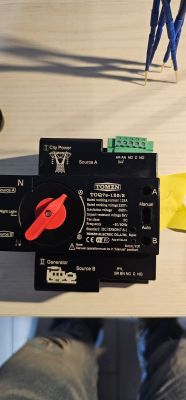
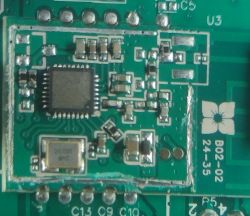
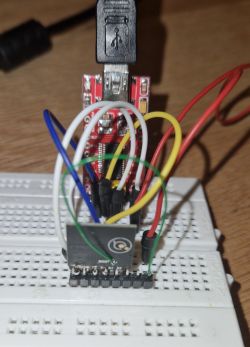
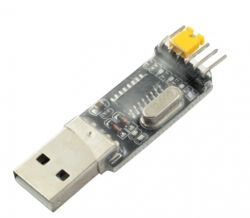
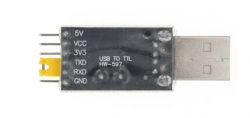
dullu wrote:
divadiow wrote:I ripped the pad off boot on my first LN-02 mini switch not moving it around delicately enough 😳
LN882H_CMD_Tool.exe COM10 download flash 2000000 0x0 OpenLN882H_1.17.432.bin